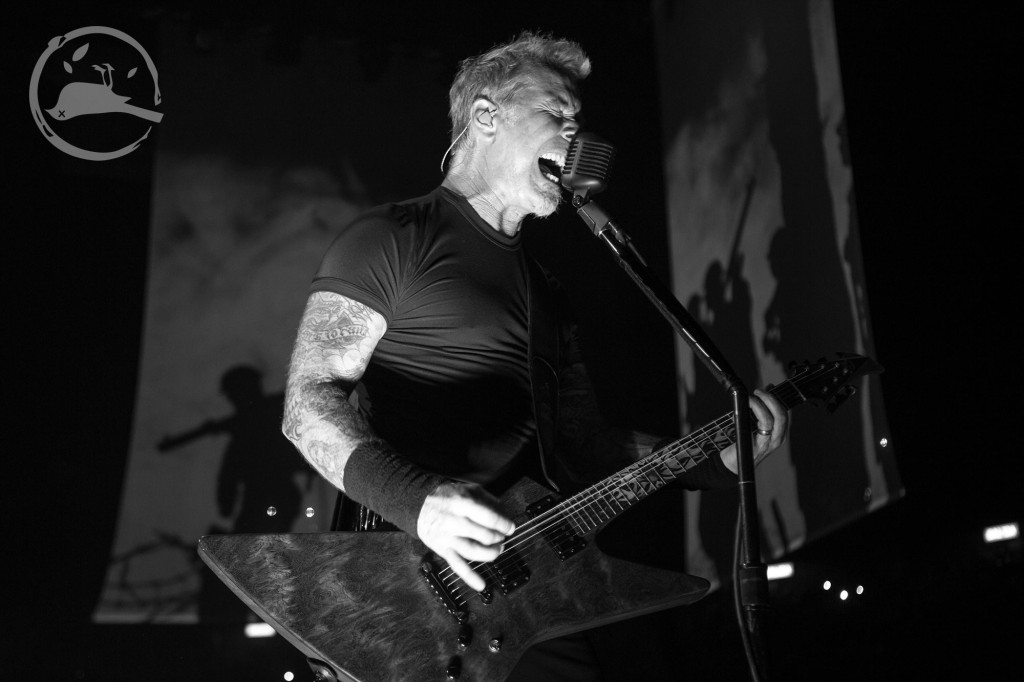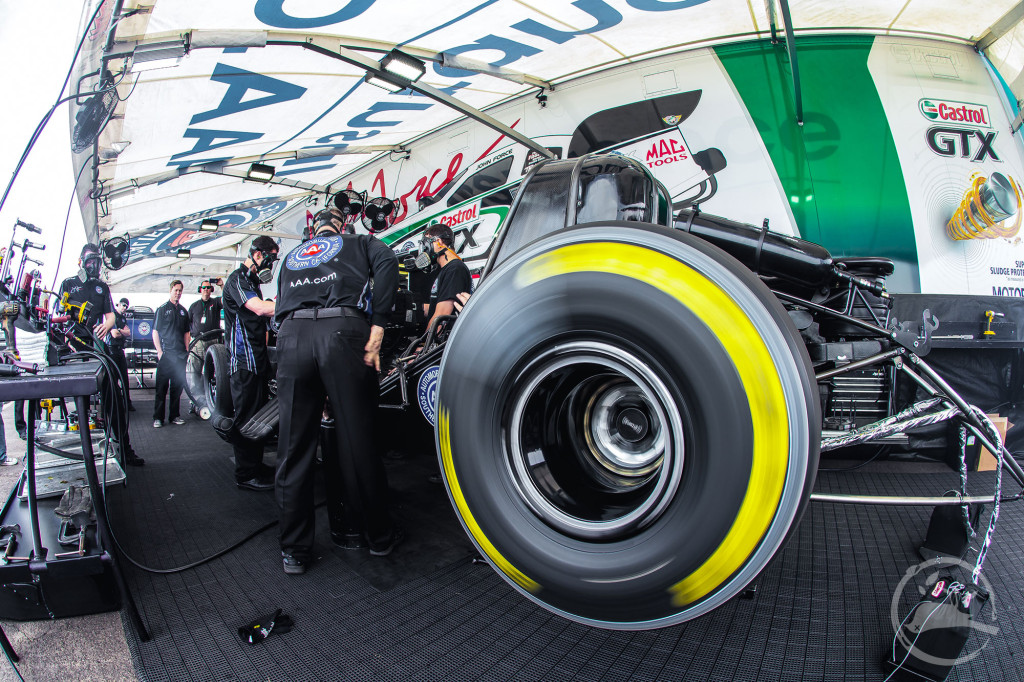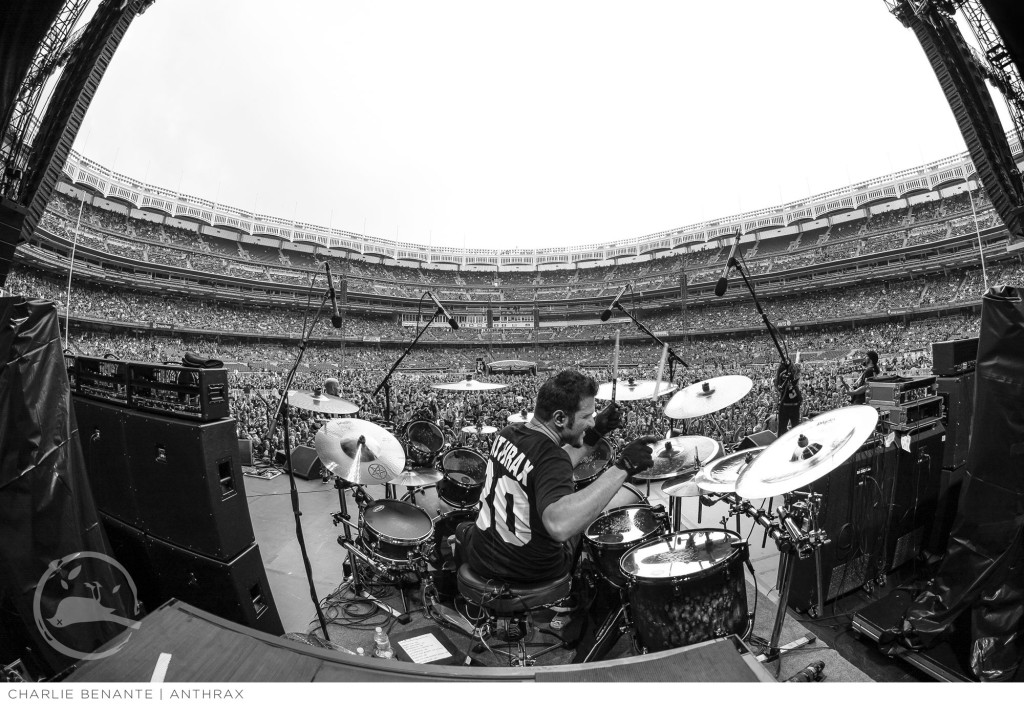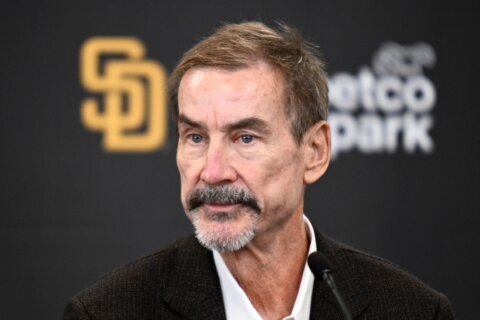WASHINGTON — Once they step off the field for the last time, many athletes vanish from the public’s consciousness. Even the most popular and famous in their day are replaced by the next generation of stars, remembered only by a jersey painted on the wall or hung from the rafters, dragged out for ceremonial events every five or ten years in celebration of a championship moment.
Every now and then, sad stories surface of players who have mishandled their money, or gotten into trouble in retirement. Some players find a second life after their playing days by joining the front office as a coach or special assistant, others in the broadcast booth. But rarely do you see a star athlete jump headlong into a completely separate career as fully and as successfully as soon-to-be-Hall of Famer Randy Johnson has with photography.
Johnson will be inducted into the National Baseball Hall of Fame in Cooperstown, New York next weekend following a spectacular career during which he was arguably the most dominant pitcher in the game. Unlike his fellow inductees, he’ll have his camera with him.
“I don’t know if I’ll be able to use them for anything, but as a photographer, you always want to have the shots for later, just in case,” he says.
***

Johnson’s love of photography started early, growing up in the East Bay Area town of Livermore, 10 miles southeast of Oakland. As a high schooler, he snapped shots at Day on the Green, a massive music festival series on the field at the Oakland Coliseum which featured the likes of Sammy Hagar, Journey and Foreigner.
In college at USC, where he arrived on a baseball scholarship, Johnson worked as a staff photographer for the Daily Trojan. But eventually, as he was drafted and began rising through the minor league ranks, baseball commanded the lion’s share of his attention, and his other passion took a back seat.
“I don’t really recall picking up a camera during that span too much,” he says. “Baseball was on the front burner then. I was traded from Montreal to Seattle in ’89, had my feet under me a little bit, and a lot of anonymity then.”
Johnson picked up the camera again, exploring the hills and vistas of the Pacific Northwest during the offseason in his new city.
Photography requires focus and poise. In that sense, it goes hand-in-hand with pitching. And it’s a particularly intriguing hobby for Johnson, who was known for his control issues before harnessing his talents into one of the greatest careers in the history of the game.
Johnson led the American League in walks each of the first three years he pitched in Seattle. But that third year, he also led the league in strikeouts, something he would go on to do for four straight years. He simultaneously lowered his walk total each season, from 144 in 1992 down to just 65 in 1995, the year he won his first of five Cy Young Awards. It’s as if his career came into focus as well over those first few years in Seattle.
Perhaps the most striking dichotomy of Johnson as a photographer is the prospect of a 6-foot-10, gangly, former Major League athlete like being able to move around spryly and unseen, capturing shots without attracting attention to himself. He seems keenly aware of that potential perception, and is determined to convince anyone who thinks so otherwise.
“Proving that I can take a picture and stay out of everybody’s way lends — and goes a long way too — to doing it again down the road,” he says.
That’s especially important when it comes to live music shows, still his favorite type of event to shoot.
***

“The nice thing about having success is that some of these people follow sports, so it’s a great trade-off,” says Johnson of how he got his foot in the door shooting concerts.
He met the manager for Metallica, then ended up meeting the band and shooting for them. He met Tommy Thayer, the lead guitarist in KISS. He contributed a number of the photos Primus used on the cover of their new book.
The music industry, like professional sports, is tight-knit and runs on connections. As Johnson’s portfolio has grown, so have his opportunities.
“I was just on the road with Rush for 10 days,” says Johnson, who saw one of his photos chosen for the band’s June cover story in Rolling Stone.
In between those opportunities, Johnson still lives in Phoenix, his home for the last 15 years, going back to his playing days. He maintains a role with the Arizona Diamondbacks as a special assistant in his spare time. “Just mentoring, not coaching,” he says.
“The travel kind of comes in cycles,” he says. “When things come through town, I try to take advantage.”
That means sporting events as well, but probably not the type of sports you’d expect.
***

“Baseball is great, but I did that my whole life,” Johnson says. “I can’t see myself sitting in a photo pit taking photos.”
Instead, he prefers motor sports, anything from drag racing to NHRA. The fast action and bright colors lend themselves to the watchful lens, too.
“I’m not sure really why, but motor sports are the ones that really excite me,” he says. “It’s just so fast, there’s so much going on.”
He’ll often leave an event he’s just photographed with upward of 1500 images, many of which he quickly deletes. He’ll flag about 50, narrow them down from there, then try to do some editing of his favorites. While he’ll keep a few, he likes to find a singular image from the event to add to his website.
“I try to get one picture that captures the moment,” he says.
While Johnson no longer maintains a Twitter account, he has recently discovered Instagram as a way to get his photography noticed outside the world of baseball. His account features photos not seen on his website, like this one of a leopard in a tree in the Serengeti.
It also allows him to showcase his versatility, to show that he can do much more than just throw a baseball, or photograph baseball.
But of course, the question persists: What about baseball?
***

Johnson has already been in touch with Cooperstown. About his induction, sure, but also about working with a curator, photographing a collection of items from the museum. Maybe 15 to 20 shots, in black and white, which would be shown in a gallery. He would autograph them and auction them off to help support the Hall of Fame, a nonprofit organization.
While he’s in New York for the ceremony, he plans to take full advantage as a photographer as well. He regrets not being able to catalog the many amazing moments he was a part of as a player on celluloid.
“Looking back now, I’m disappointed I didn’t do more baseball-wise,” Johnson says. “I played in over 50 ballparks. I think about the access of ballparks and events that happened, playoffs and All-Star Games …”
But he won’t miss next weekend’s once-in-a-lifetime opportunity.
“I’m going to be able to post some very interesting photos I think baseball fans are going to want to see,” he says.
And while he has some other plans in the works — more concerts, possibly a gallery in a Las Vegas casino — his primary focus is on simply thriving in his second career.
“I have as much of a passion for this as I did for baseball,” Johnson says. “It’s great to be driven just as much. I know I won’t get burnt out on photography.”
All photos courtesy Randy Johnson and rj51photos.com. Yes, that’s a dead bird logo. No, he didn’t come up with the logo (his site designer did). No, he still doesn’t want to talk about it.







